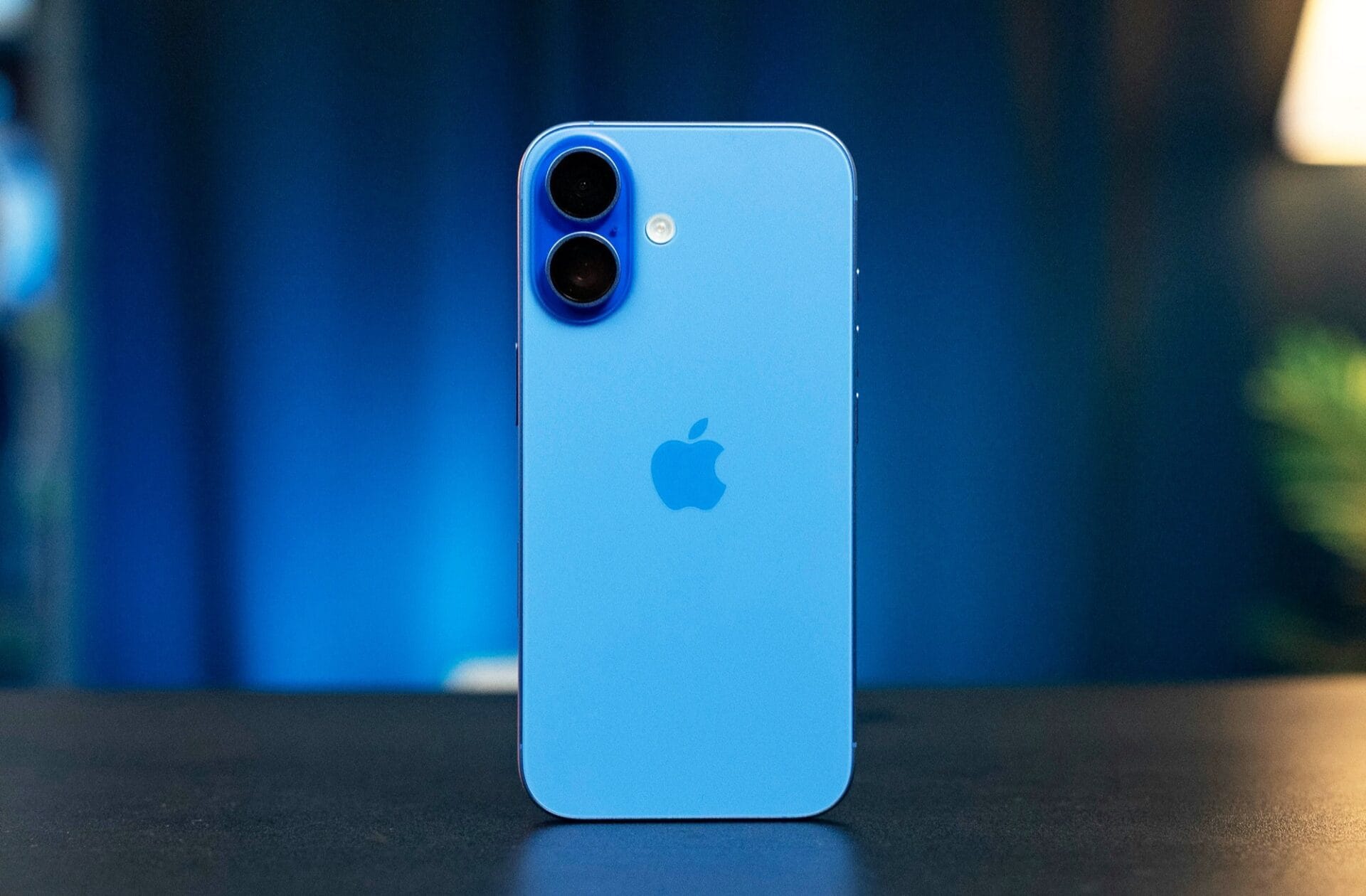Apple’s software chief, Craig Federighi, recently shared insights with the Wall Street Journal about Apple Intelligence and the upcoming AI features that will be launched next week for users in the US with the release of iOS 18.1. European users can expect to see these features at a later time. Initially, Apple Intelligence will provide just a handful of features, utilizing the GPT-4o AI model, the same one that powers ChatGPT, for some functionalities.
Limited Features in iOS 18.1
This cautious approach towards AI, particularly in image processing, appears to be a deliberate choice. In the iOS 18.1 update, Apple introduces just one AI capability in the Photos app called "Clean Up." As demonstrated in the video below, this feature lets users easily erase unwanted items from their photos with a simple tap, much like Google’s Magic Eraser has offered for some time. Federighi mentioned that there were extensive internal debates at Apple about whether the "Clean Up" feature might go too far, as removing objects could mean that a photo no longer accurately represents reality.
Comparison with Competitors
In contrast, Google and Samsung are pushing the boundaries of AI in image editing much more aggressively. Google’s Magic Editor not only has the ability to eliminate objects but can also insert new elements, zoom in on subjects, rearrange them, or even replace the sky to alter the image’s atmosphere. Federighi voiced his worries that such capabilities may lead people to see pictures less as truthful representations and more as imaginative creations. As a result, differentiating between authentic photography and AI-generated images could become increasingly challenging in the future.
Addressing Authenticity in Photography
Adobe has proposed a potential answer with its Content Credentials, a system designed to confirm the authenticity of photos and track their editing history. However, the limitation is that only images taken with cameras compatible with this platform are eligible for verification, including models like the Leica M11-P, Sony A1, A7S III, and A9, as well as the Nikon Z6 III. Some of these camera models will receive support only after a future firmware upgrade.


Leave a Reply